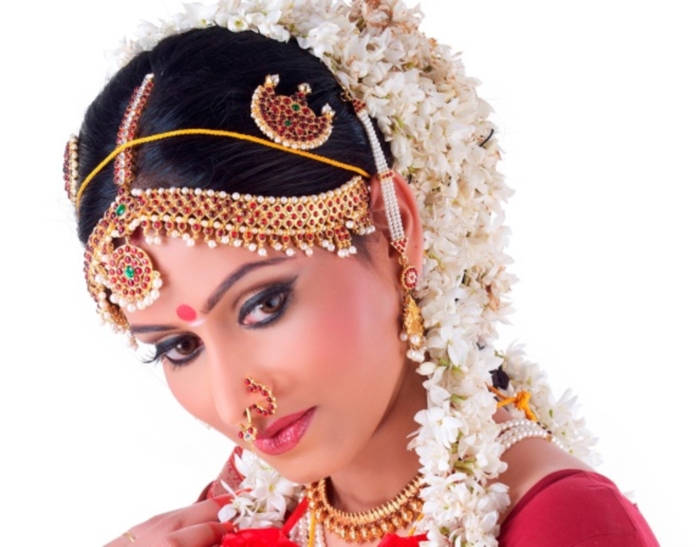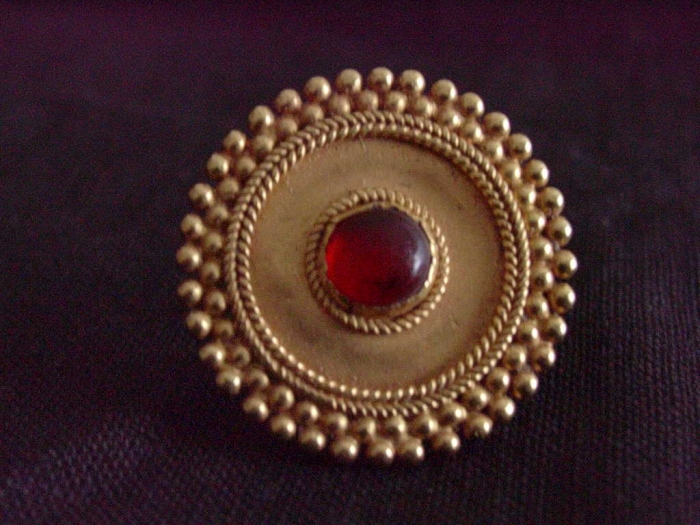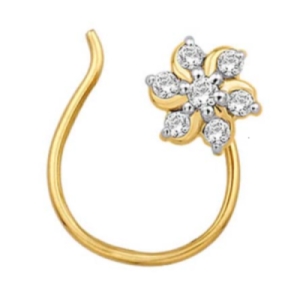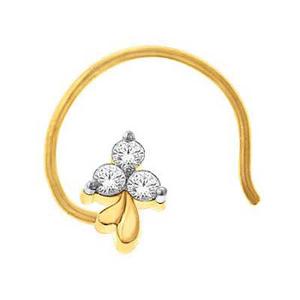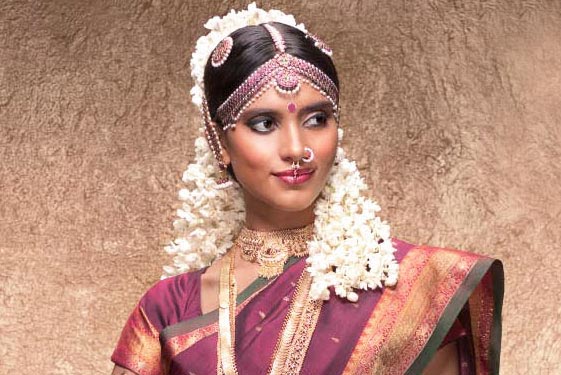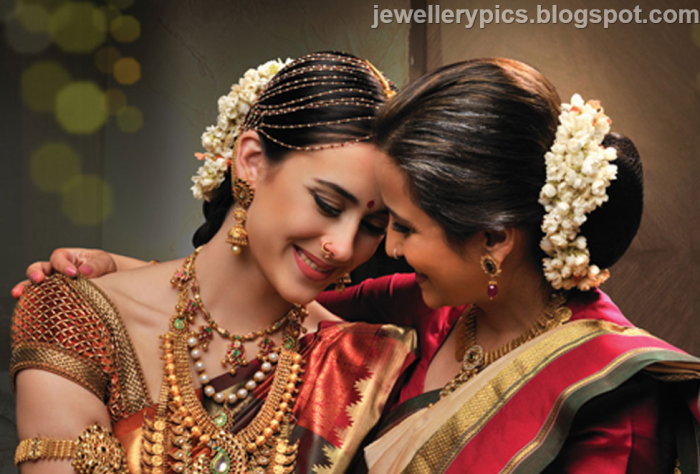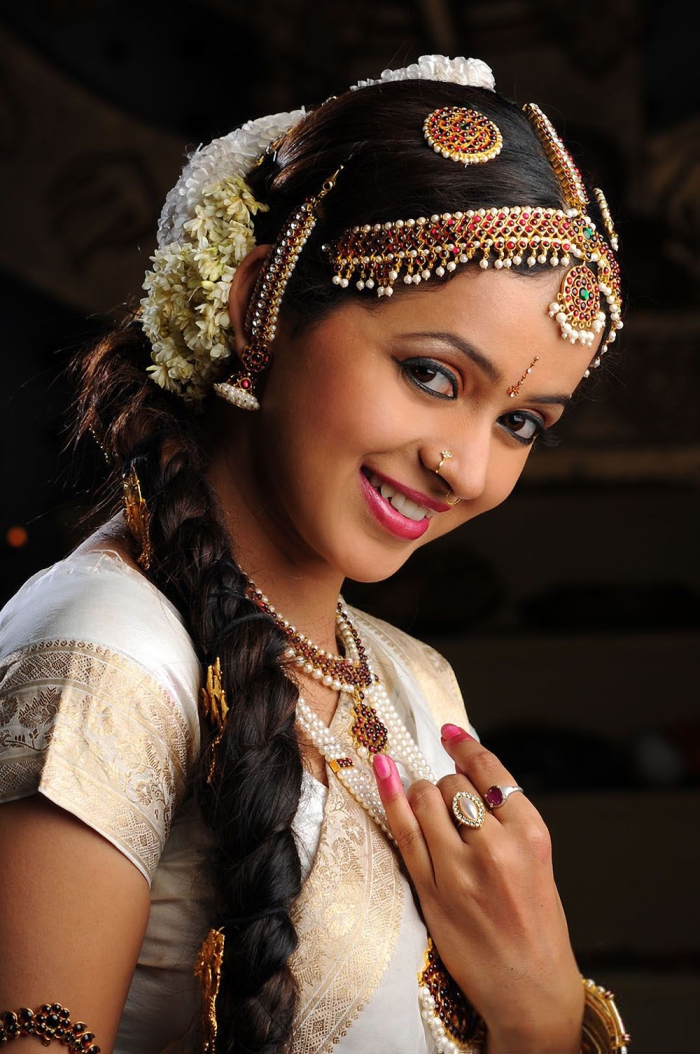‘Mukuthi’- An Elegant Piece of Jewellery for Chettiar brides
Today, the nose-ring is a much talked about piece of jewellery in the fashion world and is often described as being ‘exotic’ and ‘sensuous’. Although, the West learnt about nose-rings in general through hippies who had visited India during the late sixties and early seventies, nose-rings have been an important part of Indian wear for more than 6000 years. In fact piercing the nose was widely encouraged by many learned men and Ayurveda practitioners in those times, although they most certainly weren’t thinking about fashion when they did so!
Ayurveda, India’s form of ancient science places a strong link between the exact spot where a woman’s nose is pierced and her reproductive system. It was believed that piercing the left side of the nose (although piercing the right side is quite common among South Indians) had positive benefits for a lady such as in easing the pain of childbirth and also in reducing monthly cramps. Even today, piercing the nose is considered to be an important ritual throughout India and especially features in Indian weddings as well. According to tradition, a nose-ring when worn by a bride is also a symbol of her virginity. It is not uncommon for Indian women to wear a nose-ring even after they are married and the ‘mukuthi’ is often equated with the ‘thali maala’ or a finger-ring as a symbol of marriage in South India.
Women in South India prefer nose-ring studs in gold adorned with semi-precious or precious stones and silver is avoided. The designs are often simple and most Chettiar brides can be seen wearing a ‘mukuthi’ with one stone in the centre surrounded by tiny stones on all sides. Nose-rings in a U- shape, flower design and single stone settings are also very popular with brides on their special day. 